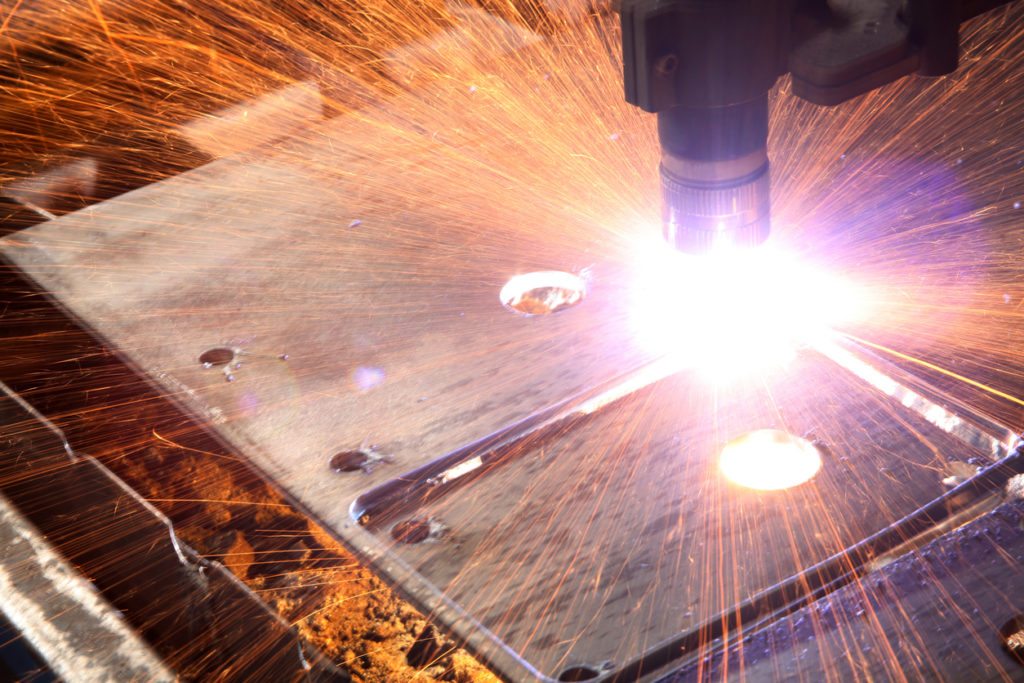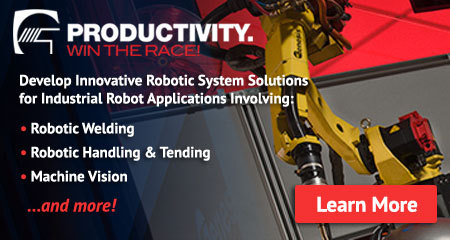Laser Welding Offers Significant Benefits in Specific Applications
 Laser welding has become a popular choice among manufacturers due to its ability to improve efficiency and reduce costs. By minimizing the need for post-weld finishing and shortening cycle times, it helps increase productivity and deliver a strong return on investment (ROI). In some cases, it outperforms traditional methods like resistance or MIG welding, especially when precision and control are essential.
Laser welding has become a popular choice among manufacturers due to its ability to improve efficiency and reduce costs. By minimizing the need for post-weld finishing and shortening cycle times, it helps increase productivity and deliver a strong return on investment (ROI). In some cases, it outperforms traditional methods like resistance or MIG welding, especially when precision and control are essential.
But how do you determine if laser welding is the right fit for your specific project? What makes it stand out from other robotic welding techniques?
Key Advantages of Laser Welding
Laser welding offers several distinct benefits that make it ideal for certain applications. One of its main advantages is the extremely small heat-affected zone (HAZ), which means the surrounding material remains unaffected. This results in minimal distortion and maintains the structural integrity of the part. The rapid cooling after welding also helps prevent unwanted material changes, such as annealing.
Unlike other welding processes, laser welding doesn’t apply mechanical stress to the workpiece, reducing the risk of deformation. It can weld a wide range of metals with high precision, even reaching areas that are difficult or impossible to access with traditional methods. Plus, it produces very little waste and allows for tight control over the weld quality.
Common Applications for Laser Welding
The versatility of laser welding makes it suitable for a variety of industries. Some of the most common applications include:
- Precision Parts: Ideal for thin or delicate components where accuracy and minimal heat are crucial.
- Medical Devices: Perfect for maintaining cleanliness and avoiding contamination, making it a top choice for medical equipment.
- Hard-to-Reach Areas: Can be used remotely, allowing welds to be made from a distance without direct contact with the part.
Beyond these, laser welding is also widely used in heavy industrial environments, such as for welding oven doors, gear systems, exhaust components, and stainless steel appliances. These applications demonstrate the process's precision, low heat input, and overall performance.
While laser welding isn't the best solution for every application, it's often the only viable option for parts that require extreme accuracy, minimal heat impact, or access to hard-to-reach areas. When used correctly, it can significantly enhance both product quality and production efficiency compared to traditional welding methods.
If you're interested in seeing real-world laser welding equipment in action, check out Genesis’ VersaLaser pre-engineered robotic welding workcell.

I like what you said about not needing to touch the part. That’s really useful for certain projects. My husband is working on some parts now and I’m thinking about whether we should invest in laser welding equipment. Thanks for explaining how it can reach places that other methods can’t.
I didn’t realize that laser welding could be used on thinner materials. That sounds perfect for things like computer components or car parts. It would help avoid damaging sensitive pieces during the process.
Wardrobe Profiles,Sliding Wardrobe Profiles,Aluminium Wardrobe Profiles,Aluminium Sliding Wardrobe Door Profiles
Sinogar Metal Co.,Ltd , https://www.sedinoaluminium.com
That’s really interesting about the low heat-affected zone and fast cooling in laser welding. I didn’t know those details before. My husband has been into different types of welding, so I wonder if he’s ever tried this method.